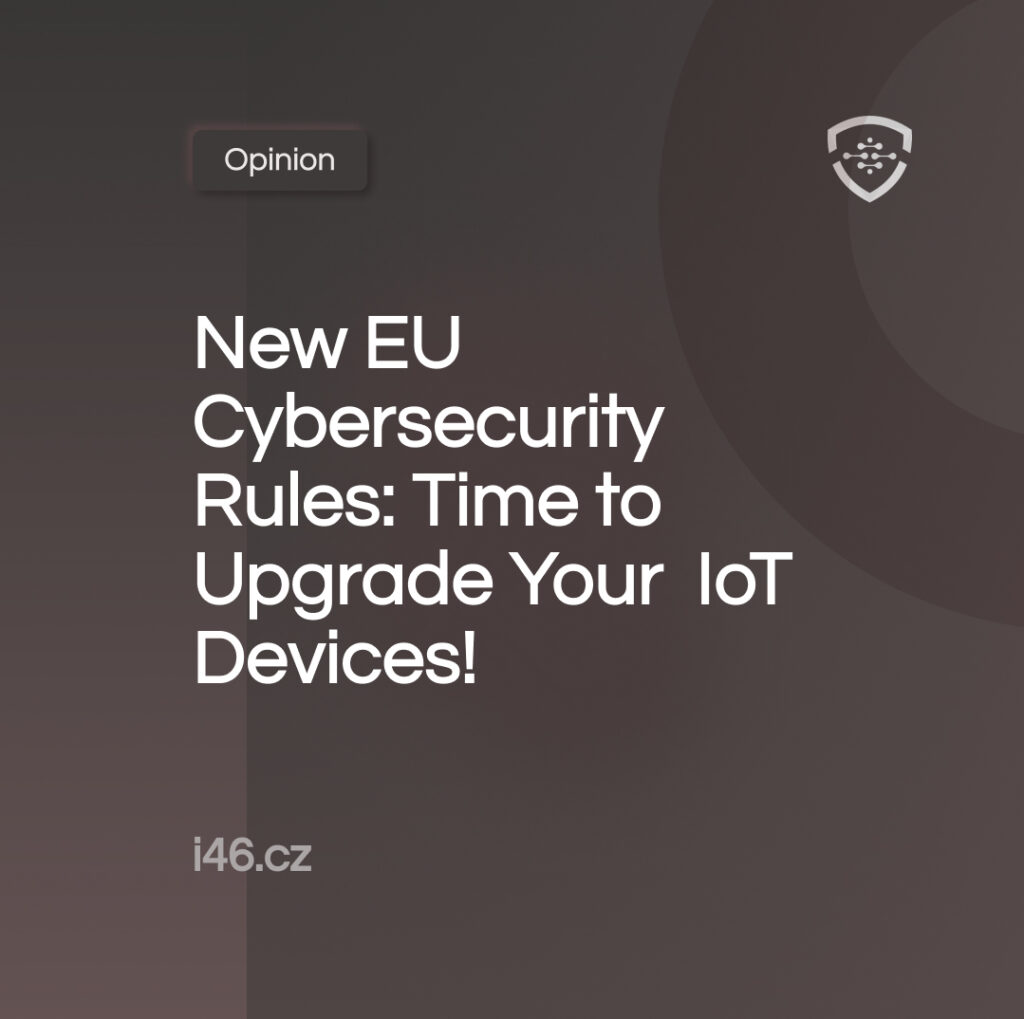New EU Cybersecurity Rules: Time to Upgrade Your IoT Devices!

Europe is taking significant steps to enhance IoT security by introducing a new requirement: starting in two years, all new IoT devices sold in the European market must have a Cybersecurity Certification. This initiative aims to set a standard protection level for consumers by ensuring that new devices comply with baseline security measures. However, this regulation does not extend to devices currently in use. As a result, many existing IoT devices remain unprotected and vulnerable to cyber threats.
The primary risk associated with these vulnerable devices is unauthorized access by hackers. If a hacker manages to gain control over the admin account of an IoT device, they can exploit not just that device but potentially the entire network to which it is connected. Hackers typically exploit weaknesses in the device’s operating system or utilize hidden backdoors that manufacturers implement for purposes such as remote updates.
Given these risks, how can consumers protect themselves? While comprehensive security testing often requires physical access to the device, certain basic checks can be performed to identify devices that are potentially vulnerable, particularly those with backdoors.
One of the simplest and most effective ways to check for vulnerabilities is through port scanning. This technique, which can be performed using free tools like “nmap,” involves scanning a device to determine which network ports are open and which protocols are running on these ports. This method is particularly effective in identifying risky configurations, such as open remote access ports.
Open ports that facilitate remote access, such as ports 22 (SSH), 111 (RPC bind), and 135 (RPC for Windows), are major red flags. Devices with these ports open for remote access are considered high-risk because they can potentially allow unauthorized users to gain access. This is especially concerning if these ports are part of a manufacturer’s backdoor setup, as it might provide access not just to authorized personnel but also to anyone who can obtain those credentials, such as ex-employees or hackers.
The risks associated with remote access are substantial. For example, if a manufacturer’s backdoor allows access to the device, it could be misused by unauthorized individuals who manage to acquire the necessary credentials. This could lead to severe security breaches, including data theft and network compromise.
Despite the new regulations for future devices, owners of current IoT devices need solutions to protect their existing equipment. At I46, we recognize this gap and offer a secure, quantum technology-powered remote access service for existing IoT devices. Our service enhances security by allowing device owners to control who can access their devices and when.
Our approach not only secures devices against unauthorized access but also ensures compliance with emerging cybersecurity standards. By using advanced quantum technology, we provide a cutting-edge solution that is designed to be future-proof, keeping pace with evolving security challenges in the IoT landscape.
For consumers looking to secure their connected devices, it’s crucial to take proactive steps. This includes conducting regular security checks like port scanning, updating device firmware to close any known vulnerabilities, and employing advanced security solutions like the one offered by I46. By taking these measures, device owners can significantly enhance the security of their IoT devices, protecting them from potential threats even if they are not covered by new regulations.
While Europe’s new Cybersecurity Certification requirement is a positive step toward better security for new IoT devices, it is equally important to address the vulnerabilities in existing devices. With hackers continually evolving their techniques, the security of IoT devices remains a critical concern. By adopting advanced security solutions and staying vigilant about device security, consumers can protect their digital environments more effectively.
Ready to take back control of your connected home? Reach out to I46 today!



